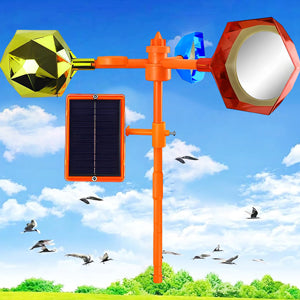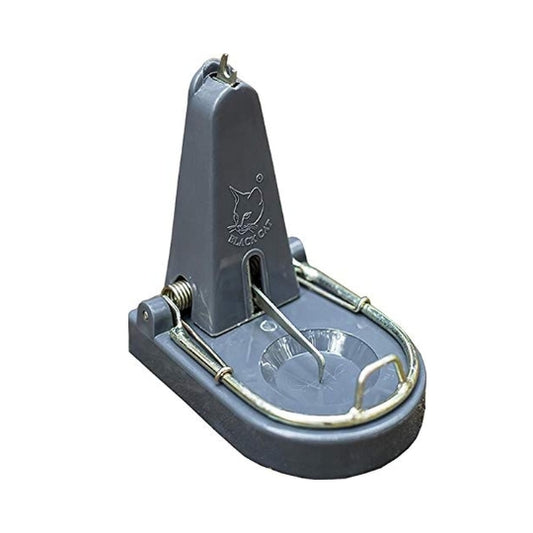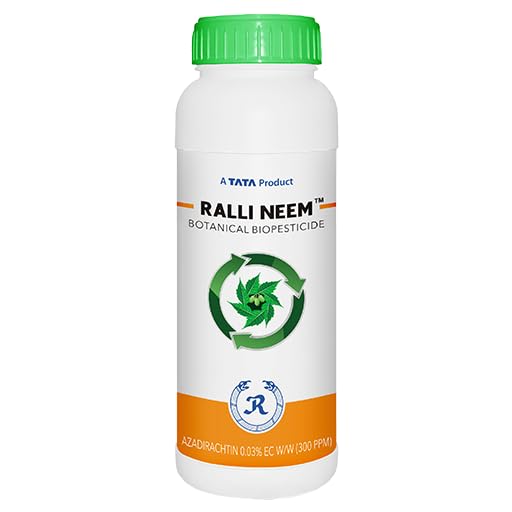Protecting Crops and Livelihoods: The Challenge of Wild Animals in Indian Farming
Share
The issue of wild animals entering farms and damaging crops is a significant concern that has severe consequences for the livelihoods of our farmers. These animals can harm crops in various ways, including trampling, eating, spreading diseases, and competing for essential resources like water and nutrients. The impact of crop damage by wild animals can lead to financial ruin, food insecurity, and even despair among farmers.
Real-Life Stories: Farmers' Struggles
Maharashtra's Sugarcane Tragedy: In Maharashtra, a group of farmers experienced a heartbreaking loss when wild elephants invaded their sugarcane fields. These powerful creatures entered at night and ruthlessly trampled the sugarcane plants, leaving devastation in their wake. Unfortunately, the farmers had no means to protect their crops against such formidable foes.
Madhya Pradesh's Wheat Nightmare: In Madhya Pradesh, a farmer watched helplessly as his entire wheat crop was destroyed by cunning wild boars. Under the cover of night, these intelligent creatures dug up the wheat roots, decimating the entire crop. Despite the farmer's efforts, he couldn't deter these crafty boars.
Karnataka's Banana Plight: In Karnataka, a farmer lost his entire banana crop to agile langur monkeys. These nimble creatures descended upon the fields during the day and stripped the banana trees of their fruit, leaving nothing behind. The farmer struggled to protect his crop against the swift and clever langurs.
Kerala's Coffee Crisis: In Kerala, a coffee farmer faced a dire situation when wild monkeys devoured his entire crop. These intelligent creatures entered the fields during the day and consumed all the coffee cherries, leaving nothing behind. Despite the farmer's efforts, he couldn't deter these cunning monkeys.
In each of these cases, farmers found themselves powerless to prevent wild animals from destroying their hard-earned crops, causing immense distress and hardship.
Government Support Shortcomings
Compounding the problem is the inadequacy of government compensation schemes. Many farmers wait for years to receive compensation, often too late to recover from their losses. This issue adds to the burden faced by farmers already grappling with crop damage caused by wild animals.
Root Causes and Contributing Factors
Several factors contribute to wild animals encroaching on farmland:
Habitat Loss: As forests and natural habitats are cleared for agriculture, wild animals are forced to seek food and shelter in new areas, leading to conflicts with farmers.
Climate Change: Changing weather patterns, including more severe droughts and floods, make it difficult for wild animals to find food and water in their natural habitats, pushing them into crop fields.
Farmer Practices: Some farming practices inadvertently attract wild animals. Leaving crop residue in fields after harvest, for example, can attract rodents and other pests.
Effective Measures to Mitigate Crop Damage
Addressing the challenge of wild animals damaging crops requires a multifaceted approach:
Buffer Zones: Creating buffer zones between farmland and forests can discourage wild animals from venturing into crop fields.
Fencing: The use of fences is an effective way to keep wild animals out of crop fields, though it can be costly and challenging to maintain.
Scare Tactics: Employing scare tactics, such as loud noises or bright lights, can deter some wild animals from entering fields, although their effectiveness varies.
Biological Control: Introducing natural predators of wild animals into the area can help reduce crop damage, but this method must be carefully managed to avoid unintended consequences.
Education: Educating farmers about various strategies to protect their crops from wild animals is essential. Providing information on scare tactics and fencing methods can empower farmers to safeguard their livelihoods.
Balancing the protection of crops with the preservation of wild animals is crucial. Governments, farmers, and conservationists must collaborate to find sustainable solutions.
In addition to these measures, addressing root causes such as habitat loss and climate change is vital. Conservation efforts to protect wild animal habitats and measures to combat climate change are essential components of a long-term solution.
By working together, we can protect both our farmers and the diverse wildlife that makes up our natural heritage. Finding this balance is not only necessary but also crucial for a harmonious coexistence between agriculture and nature.
Real-Life Stories: Farmers' Struggles
Maharashtra's Sugarcane Tragedy: In Maharashtra, a group of farmers experienced a heartbreaking loss when wild elephants invaded their sugarcane fields. These powerful creatures entered at night and ruthlessly trampled the sugarcane plants, leaving devastation in their wake. Unfortunately, the farmers had no means to protect their crops against such formidable foes.
Madhya Pradesh's Wheat Nightmare: In Madhya Pradesh, a farmer watched helplessly as his entire wheat crop was destroyed by cunning wild boars. Under the cover of night, these intelligent creatures dug up the wheat roots, decimating the entire crop. Despite the farmer's efforts, he couldn't deter these crafty boars.
Karnataka's Banana Plight: In Karnataka, a farmer lost his entire banana crop to agile langur monkeys. These nimble creatures descended upon the fields during the day and stripped the banana trees of their fruit, leaving nothing behind. The farmer struggled to protect his crop against the swift and clever langurs.
Kerala's Coffee Crisis: In Kerala, a coffee farmer faced a dire situation when wild monkeys devoured his entire crop. These intelligent creatures entered the fields during the day and consumed all the coffee cherries, leaving nothing behind. Despite the farmer's efforts, he couldn't deter these cunning monkeys.
In each of these cases, farmers found themselves powerless to prevent wild animals from destroying their hard-earned crops, causing immense distress and hardship.
Government Support Shortcomings
Compounding the problem is the inadequacy of government compensation schemes. Many farmers wait for years to receive compensation, often too late to recover from their losses. This issue adds to the burden faced by farmers already grappling with crop damage caused by wild animals.
Root Causes and Contributing Factors
Several factors contribute to wild animals encroaching on farmland:
Habitat Loss: As forests and natural habitats are cleared for agriculture, wild animals are forced to seek food and shelter in new areas, leading to conflicts with farmers.
Climate Change: Changing weather patterns, including more severe droughts and floods, make it difficult for wild animals to find food and water in their natural habitats, pushing them into crop fields.
Farmer Practices: Some farming practices inadvertently attract wild animals. Leaving crop residue in fields after harvest, for example, can attract rodents and other pests.
Effective Measures to Mitigate Crop Damage
Addressing the challenge of wild animals damaging crops requires a multifaceted approach:
Buffer Zones: Creating buffer zones between farmland and forests can discourage wild animals from venturing into crop fields.
Fencing: The use of fences is an effective way to keep wild animals out of crop fields, though it can be costly and challenging to maintain.
Scare Tactics: Employing scare tactics, such as loud noises or bright lights, can deter some wild animals from entering fields, although their effectiveness varies.
Biological Control: Introducing natural predators of wild animals into the area can help reduce crop damage, but this method must be carefully managed to avoid unintended consequences.
Education: Educating farmers about various strategies to protect their crops from wild animals is essential. Providing information on scare tactics and fencing methods can empower farmers to safeguard their livelihoods.
Balancing the protection of crops with the preservation of wild animals is crucial. Governments, farmers, and conservationists must collaborate to find sustainable solutions.
In addition to these measures, addressing root causes such as habitat loss and climate change is vital. Conservation efforts to protect wild animal habitats and measures to combat climate change are essential components of a long-term solution.
By working together, we can protect both our farmers and the diverse wildlife that makes up our natural heritage. Finding this balance is not only necessary but also crucial for a harmonious coexistence between agriculture and nature.















